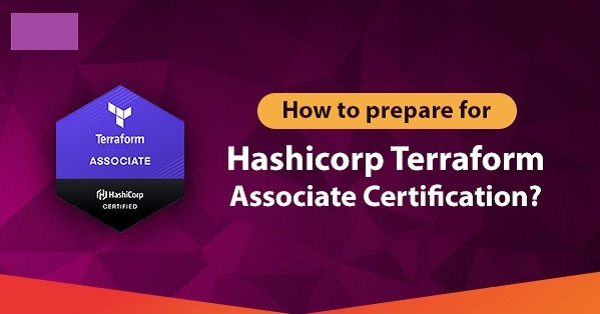Table of Contents
- Mistake #1: Forgetting to Document Your Terraform Configurations and How to Use Them
- Mistake #2: Relying Too Heavily on GUI-Based Tools for Terraform Deployment
- Mistake #3: Not Utilizing Terraform’s Built-in Lifecycle Management Features
- Mistake #4: Failing to Leverage Terraform for Continuous Delivery and Automated Testing
- How to Avoid Making These Three Common Terraform Mistakes and Ensure Successful Deployments
Mistake #1: Forgetting to Document Your Terraform Configurations and How to Use Them
One of the most common mistakes made when using Terraform is not properly documenting your configurations and how to use them. This can lead to confusion and frustration when trying to use or maintain Terraform configurations. It is important to take the time to properly document your Terraform configurations and how to use them. This will ensure that anyone who is responsible for using or maintaining the configurations is able to do so efficiently. Documentation should include an overview of the Terraform configurations, the purpose of each block, and how each block should be used. Additionally, including a list of environment variables, data sources, and output variables can be very beneficial. This information will be critical when someone is trying to understand the configurations and how to use them. Finally, it is important to make sure that the documentation is kept up-to-date. As Terraform configurations are changed, the documentation should be updated to reflect these changes. This will ensure that the documentation is always accurate and up-to-date, making it easier for anyone who is using or maintaining the Terraform configurations. Taking the time to properly document your Terraform configurations and how to use them is a critical part of using Terraform. Doing so will save time and frustration when maintaining or using the configurations, making it easier to get the most out of Terraform.Mistake #2: Relying Too Heavily on GUI-Based Tools for Terraform Deployment
When deploying Terraform, many users turn to GUI-based tools to simplify their workflows. While these tools may be helpful in some situations, relying too heavily on them can lead to significant problems. For example, GUI-based tools can lead to an increased risk of human error, as they often require users to fill out multiple forms with various options. This can result in users selecting the wrong settings or introducing typos that may not be noticed until long after the deployment is finished. Additionally, some tools may not have the latest features and updates available for Terraform, which could lead to problems in the deployment process. It is important to remember that Terraform is a powerful tool and requires a strong understanding of its underlying concepts. While GUI-based tools can help simplify deployments, they should not be relied upon as the main method of deployment. Instead, users should take the time to learn the language of Terraform and familiarize themselves with its syntax in order to ensure successful and reliable deployments.Mistake #3: Not Utilizing Terraform’s Built-in Lifecycle Management Features
Many users of Terraform don't take full advantage of its powerful built-in lifecycle management features. These features provide users with the ability to automate the configuration, deployment, and management of their infrastructure. By not utilizing these features, users are missing out on the immense benefits they provide. The lifecycle management features of Terraform allow users to easily manage their infrastructure configurations. This includes the ability to create, modify, and delete the resources that make up their infrastructure. Additionally, users can automate the application of their infrastructure configurations, ensuring that their configurations are applied consistently and reliably across their entire environment. This helps to reduce errors and ensures that changes are applied without manual intervention. Furthermore, the lifecycle management features of Terraform enable users to easily manage their infrastructure in a secure and repeatable manner. This includes the ability to version control their configurations, audit changes, and ensure that only authorized users are allowed to make changes. This allows for the reliable management of infrastructure and the prevention of unplanned outages. In conclusion, Terraform's built-in lifecycle management features are a powerful tool for users of the platform. By not taking advantage of these features, users are missing out on the immense benefits they provide. Users should take the time to explore and understand the capabilities of these features and incorporate them into their infrastructure management processes.
Comments (0)